Spain.
Philip III,
100 Escudos 1609,
Segovia.
Unique.
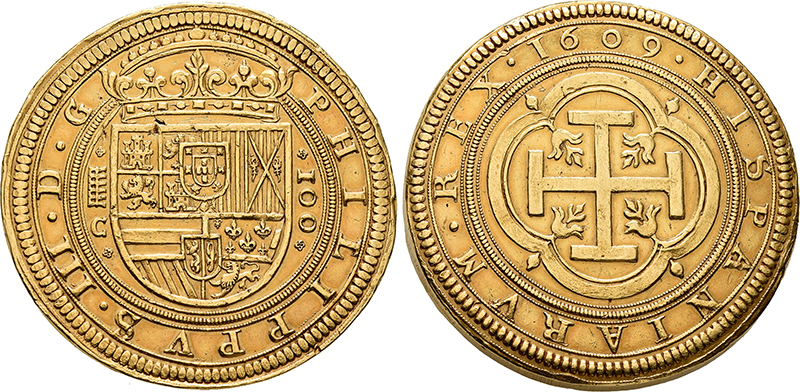

Roman Republic.
Cleopatra VII and Mark Antony,
Tetradrachm 36 BC,
Antioch on the Orontes.
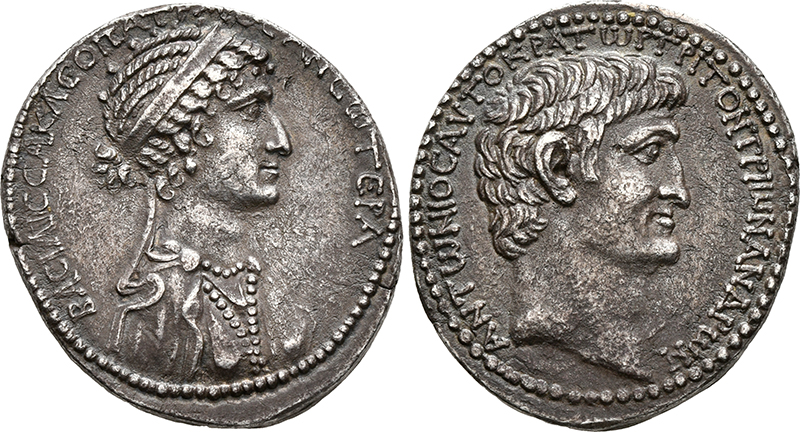
Great Britain.
Henry VII,
Gold Sovereign,
type I, Cross Fitchee, n. d. (1492),
Tower mint.
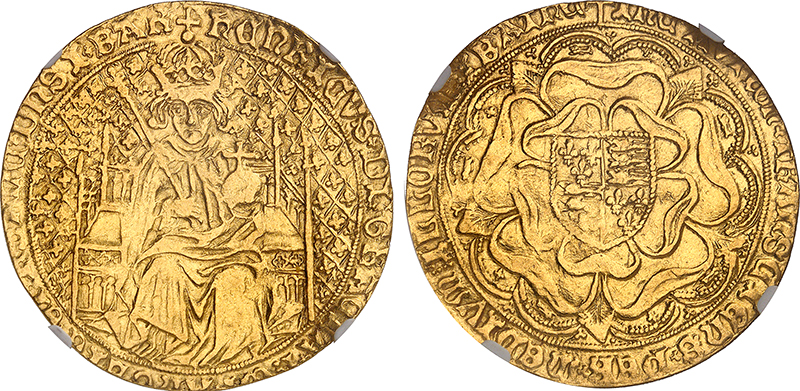
Archive: People and Markets
Conference on Ancient Coin Legends in Munich 2025
The conference “Ancient coin legends: composition, design, lexicography, and framing potential” will take place from 26 to 28 June 2025 in Munich, Residenz (Bavarian Academy of Science).
Ukraine Plans to Rename Small Coins: ‘Kopiyka’ to Become ‘Shah’
Ukraine is taking another step to distinguish itself from Russia by planning to rename its small coins. According to a statement from the National Bank in Kyiv, the term “Kopiyka” will be replaced with “Shah” in the future.
Archive: Coins, Medals and more
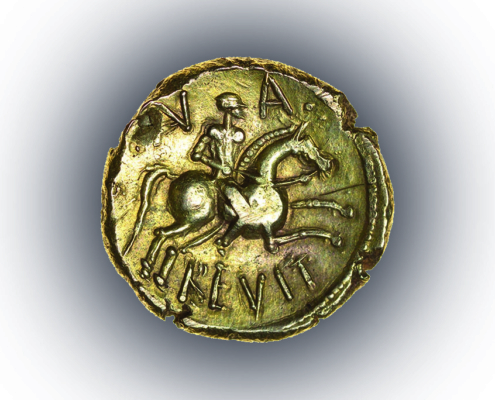
Was Anarevito a Slave Trader?
Until recently, the name Anarevito was completely unknown. It first appeared in 2010 on a coin struck shortly after the birth of Christ. Now the name has surfaced on another coin, which is for sale. Chris Rudd discusses this ruler, his coins, and his connection to the slave trade.
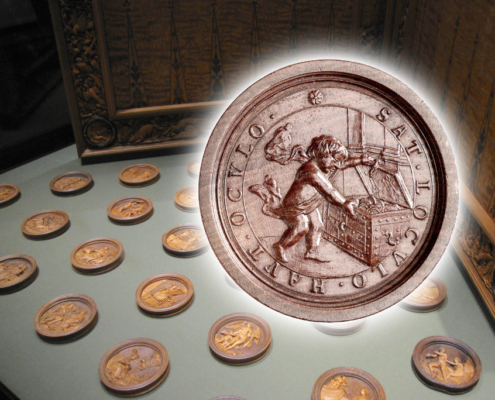
What Do Gaming Counters Have to Do with Numismatics?
On 5 July 2025, Künker will offer a complete set of trictrac pieces at its auction 425. The ensemble is of great cultural and historical value. This prompts us to ask why gaming counters are part of the numismatic field – and what insights they can offer into the numismatic daily life of the early modern period.







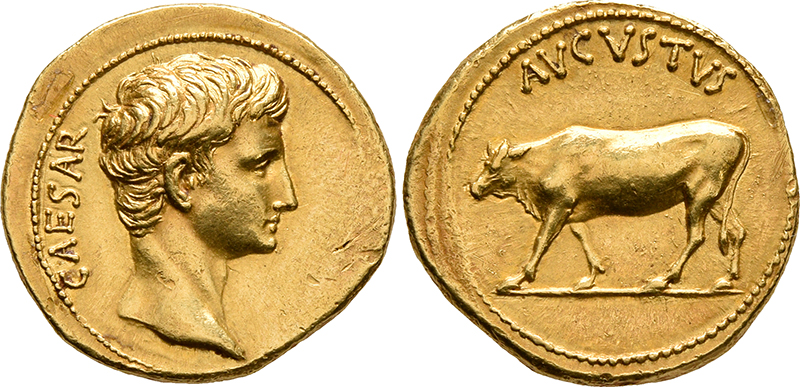
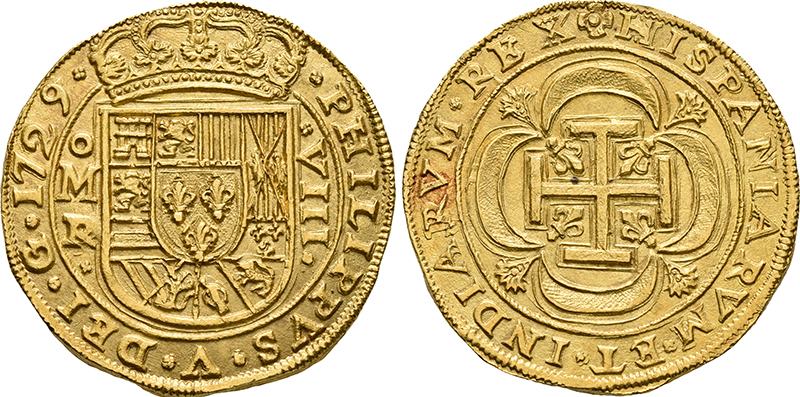
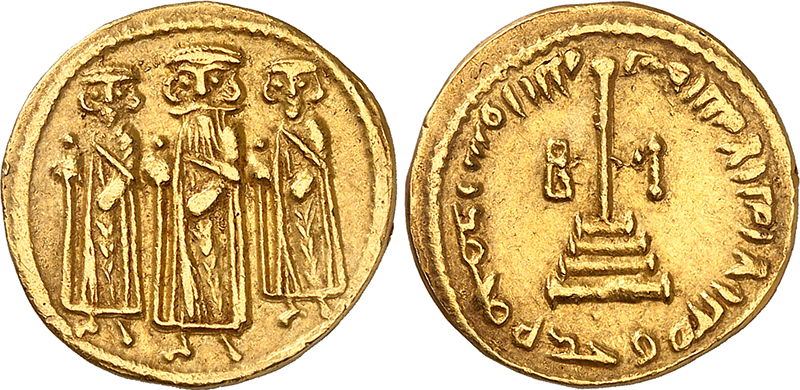
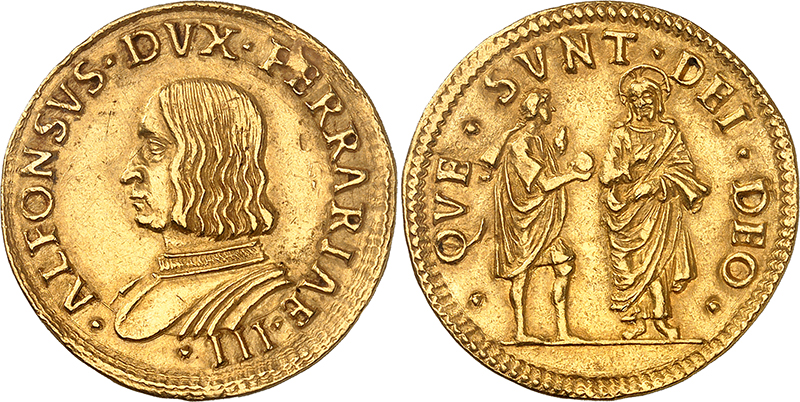
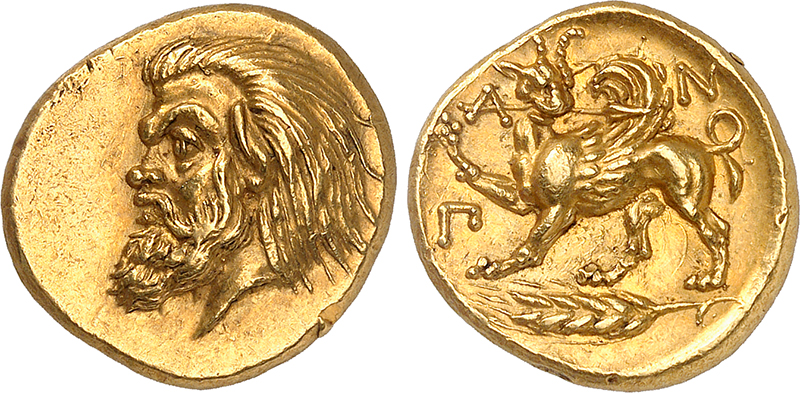
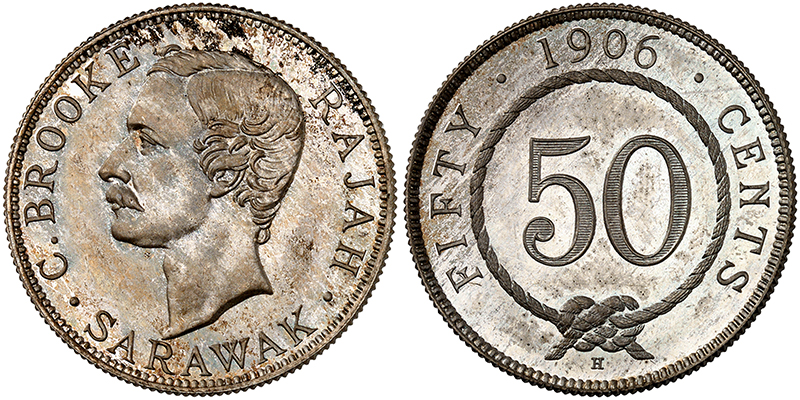
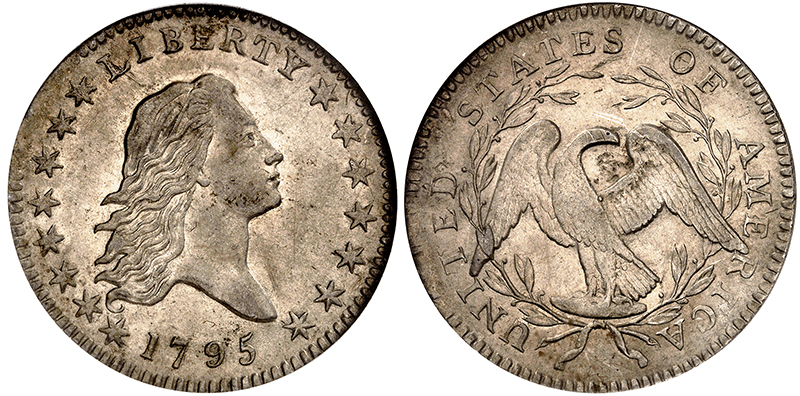
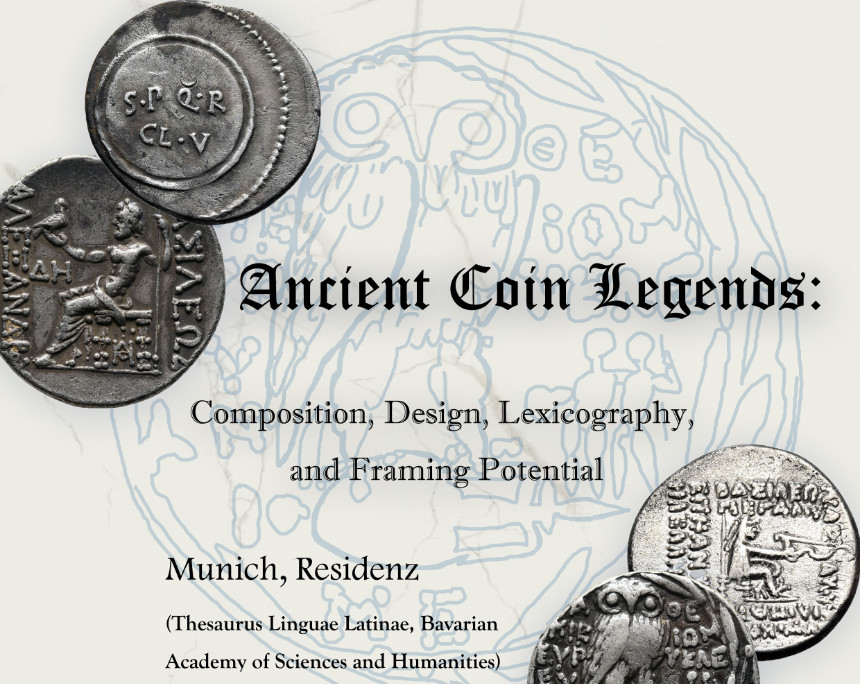
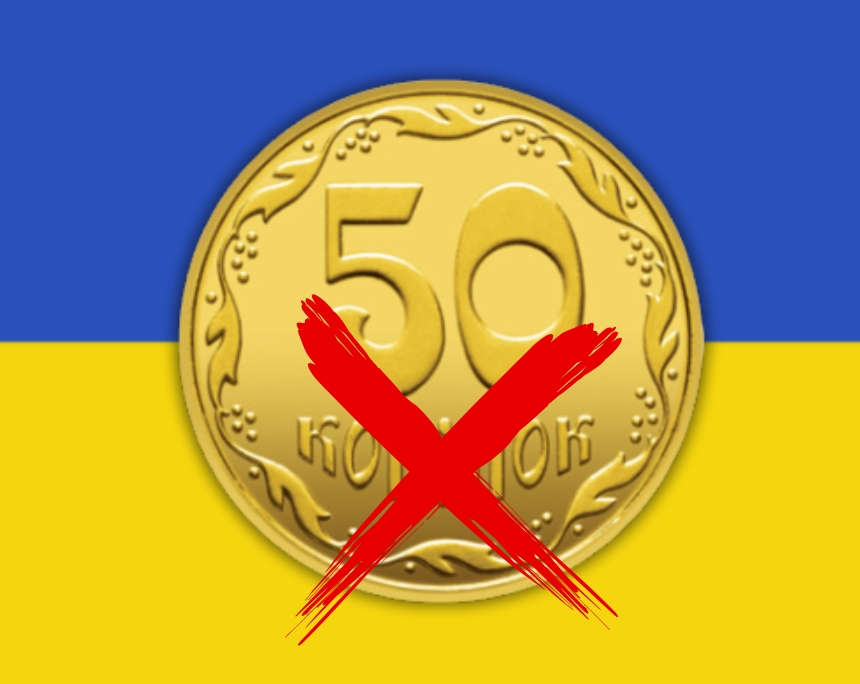

Benin Bronzes Lawsuit Against Smithsonian
Shall all Benin bronzes be repatriated? The Restitution Study Group says no. They argue for the rights of descendants of slaves trafficked by the Benin Kingdom as you can learn from this interview by Kate Fitz Gibbon.
Evento Numismático Internacional
There is a new coin show aimed at the Spanish-speaking world: from 26 to 29 June 2024, the first Evento Numismático Internacional will take place at the prestigious Four Seasons Hotel in Madrid, and will include a coin show, numerous presentations and an extensive cultural programme.